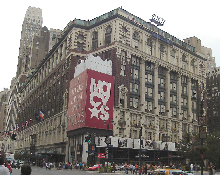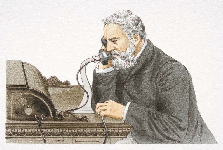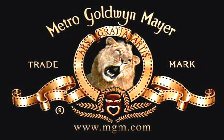
By 1870, sales at Macy’s broke $1 million, and customers could purchase not only dry goods, but items like men's hosiery and ties, linens and towels, fancy imported goods, costume jewellery, silver, and clocks. Even so, no one could have guessed that the small, fancy dry goods store would grow to become one of the largest stores in the world.
By 1877, R.H. Macy & Co. had become a fully-fledged department store occupying the ground space of 11 adjacent buildings. 1918 saw R.H. Macy & Co. generating $36 million in annual sales, yet the prosperity of the retailer was never more apparent than when the company went public in 1922, and began to open regional stores and take over competing retailers. The company continued to enlarge and prosper, but became financially stressed during the 1990s.
On December 19, 1994, Federated Department Stores, Inc. (now known as Macy's, Inc.) acquired R.H. Macy & Co., creating the world's largest premier department store company. Federated Department Stores operated over 400 department stores and more than 157 specialty stores in 37 states.
Rowland Hussey Macy (1822-
In 1856, Macy faced bankruptcy and was forced to close the Haverhill shop. He relocated to New York City, where he opened a similar dry goods shop, under the name of ‘R.H.Macy & Company’ on the corner of 14th Street and 6th Avenue. On his first day (28th October 1858) of trading in the New York shop, Macy took $11.06, but in his first full year of trading sales totalled $90,000.
A Hollywood Legend:
20th Century Haverhill

Enter the telephone:
Another ‘first’ that our American sister can claim is to be found in the world of telecommunications, for one of her residents, a prosperous leather merchant called Thomas S. Sanders (1839-1911), was the principle financier for Alexander Graham Bell's development of the telephone.

Part 1 The Early Years Part 2 The Early Years cont.. Part 3 Haverhill Massechusetts 19th Century
Part 5 The Modernisation of Haverhill
Part 6 Haverhill MA and the
Abolition of Slavery
HAVERHILL MASSECHUSETTS USA
A Life Feature by Ian Hornsey



Sander's eldest child was a deaf mute, and he had befriended Bell who was a specialist in teaching the deaf. It was in Haverhill that Bell conducted his telephone experiments, and Sanders invested $110,000 in Bell's telephone invention. In 1877, Sanders, along with Bell, Thomas Watson and Gardiner Hubbard, then formed the Bell Telephone Company, and the first business telephone call was made in Haverhill, between Sanders’ home, and his sole-cutting business on Merrimack Street.
In 1907, he purchased and renovated the rundown Gem Theatre
fora bargain price, promptly renaming it the Orpheum Theatre.
Mayer made it his policy to only show top-quality films in his emporium,
and would lead to the establishment of a thriving business.
Louis B. Mayer (1885-1957), of Metro-Goldwyn-Mayer (MGM) Studios fame, got his start in the motion picture industry in Haverhill.
Because of his success in Haverhill, Mayer expanded to other areas in New England and within a few years he owned the largest theatre chain in the region. In 1916, Mayer left Haverhill and ventured west to Los Angeles, where he would form his own production company. After a series of mergers, MGM was born.